
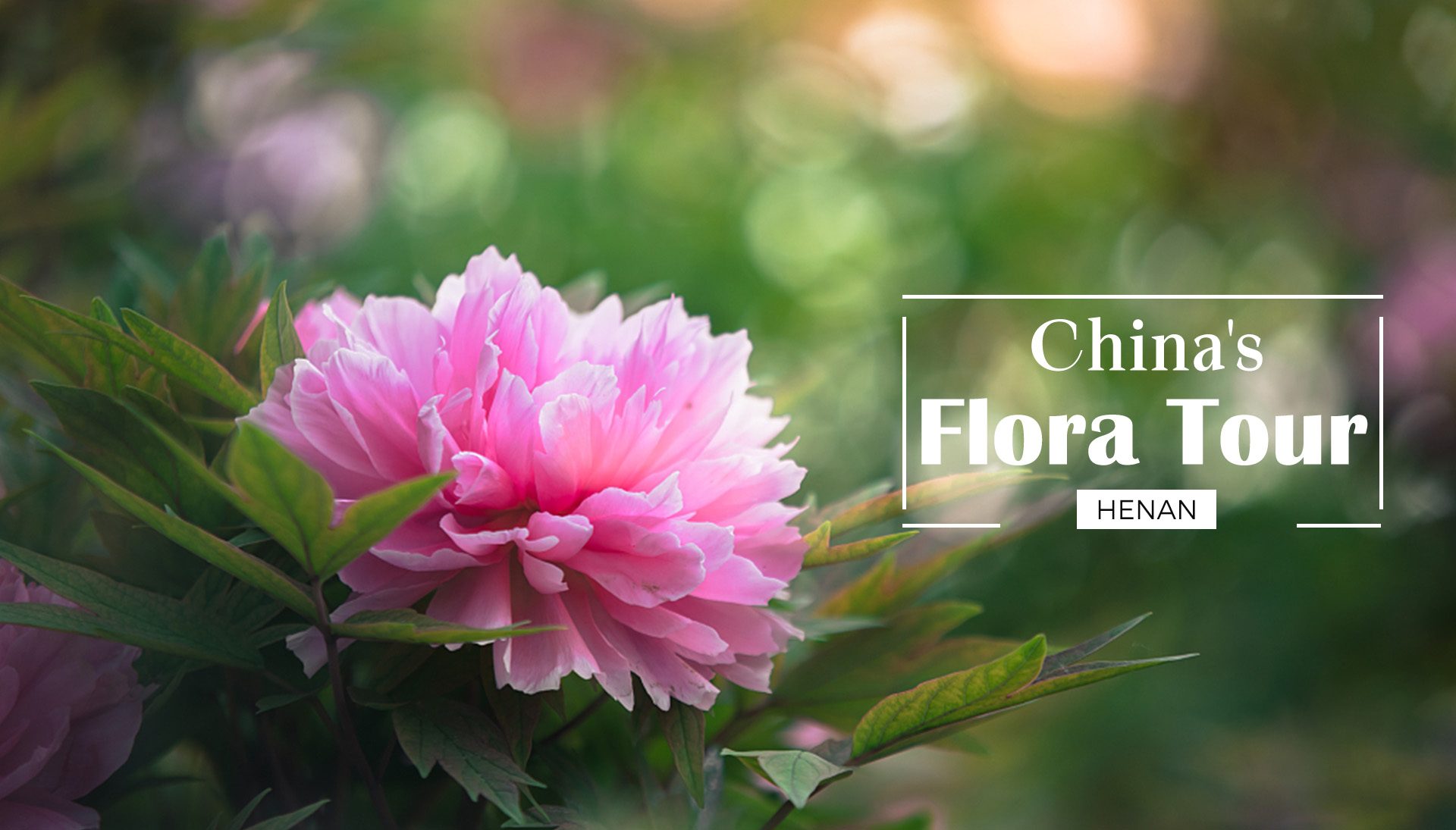
In July, a nationwide poll about choosing the new national flower took place in China. Among the ten nominations, the peony eventually won the champion with overwhelming support. It officially became the national flower of China.
The appreciation of peonies has a long history in China. Of all ages, Chinese artists and poets created numerous masterpieces about its exquisite beauty. Hence, it is awarded the title of "King of Flowers."
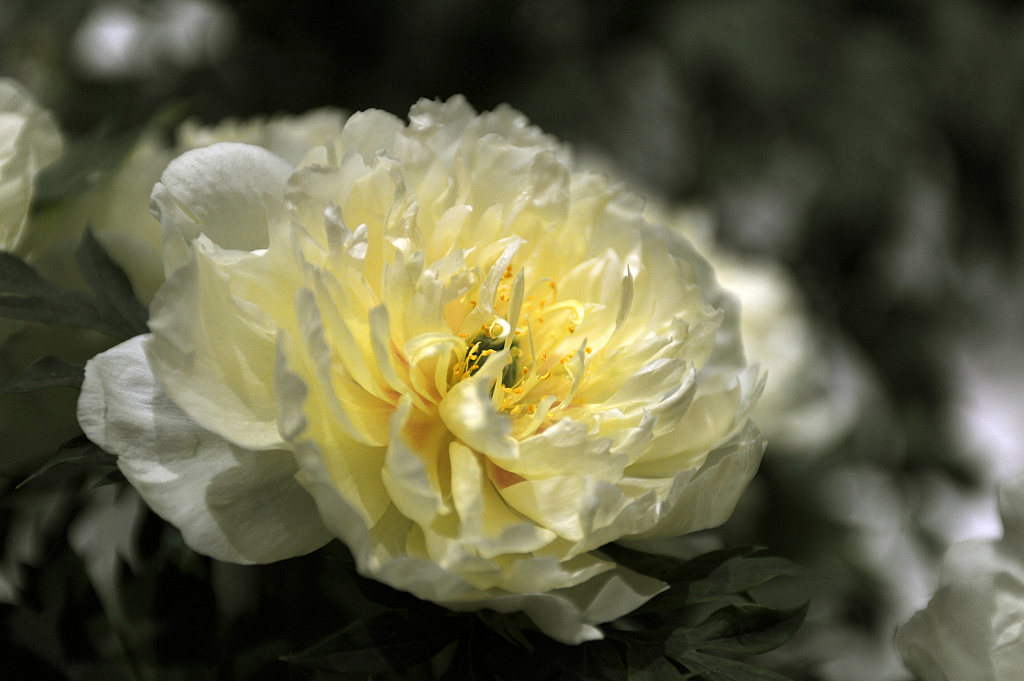
A blossoming white peony at the Beijing Horticultural Expo, 2019. /VCG Photo
The peony cultivation was prosperous during the Tang Dynasty (AD 618—907) and Song Dynasty (AD 960—1279), as the Luoyang City became famous for its local peonies. A writer from the Song Dynasty, Ouyang Xiu, even wrote an article called "Records of Luoyang Peony" to praise the beauty of Luoyang peonies.
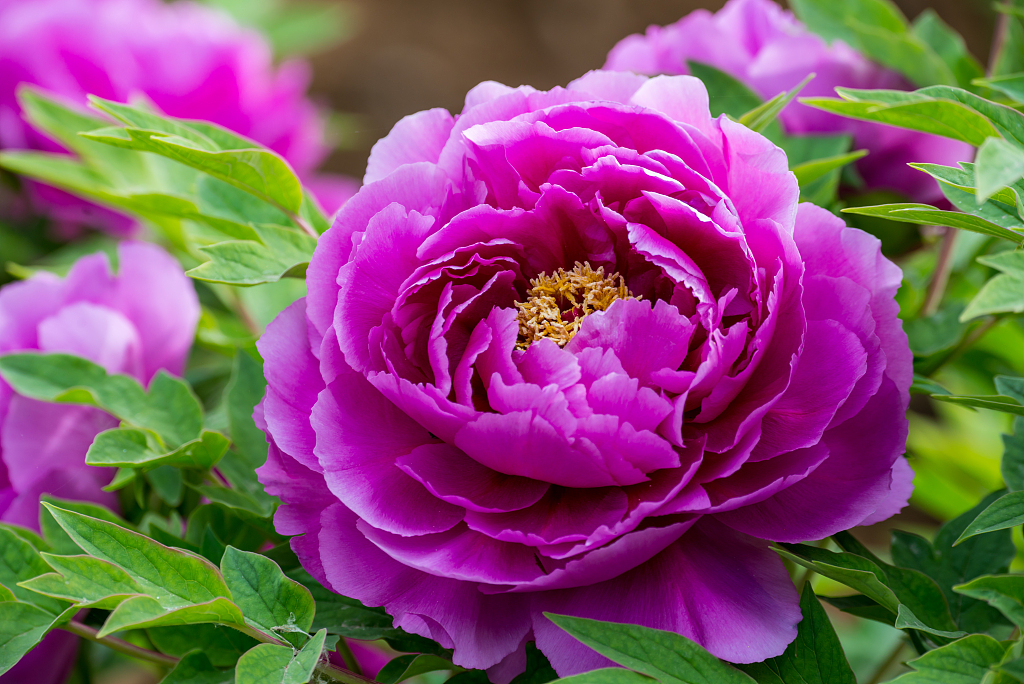
A blossoming purple peony in Luoyang City, central China's Henan Province. /VCG Photo
Peonies are not only cultivated in Luoyang City, so why was Luoyang City the only region becoming famous for its peonies?
The reason has a lot to do with the two perspectives: natural and cultural.
The peony thrives in warm, dry places with plenty of sunshine and fertile soil. Luoyang City belongs to central China's Henan Province, which has several rivers that bring alluvial soil with many microelements. Hence peonies that grow there can blossom beautiful flowers. Ouyang Xiu stated this in his "Records of Luoyang Peony" that Luoyang provides a suitable environment for peonies.
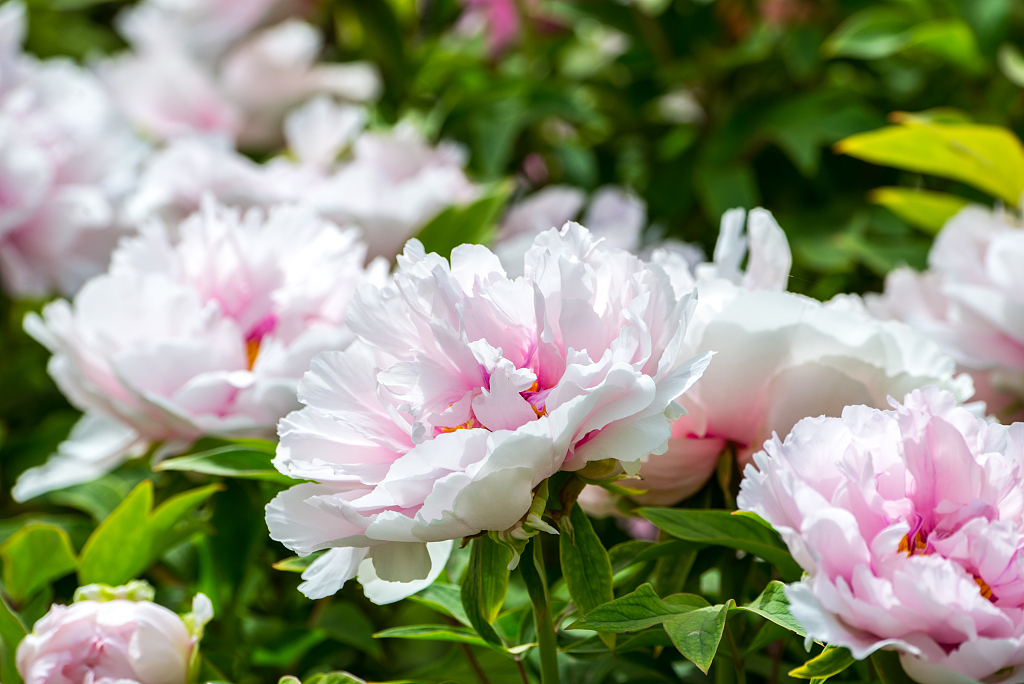
Pink peonies. /VCG Photo
In history, Luoyang was one of the cradles of Chinese civilization. It was believed to be the capital of 13 dynasties and witnessed the life and death of 105 rulers. Luoyang peonies attracted many royal aristocracies like the Tang Empress Yang Yuhuan, as they considered the big, fragrant flower of the Luoyang peony as a representative of wealth and elegance. This impression of the peony is engraved in the history of Luoyang City, and gradually tied the city and the flower together.
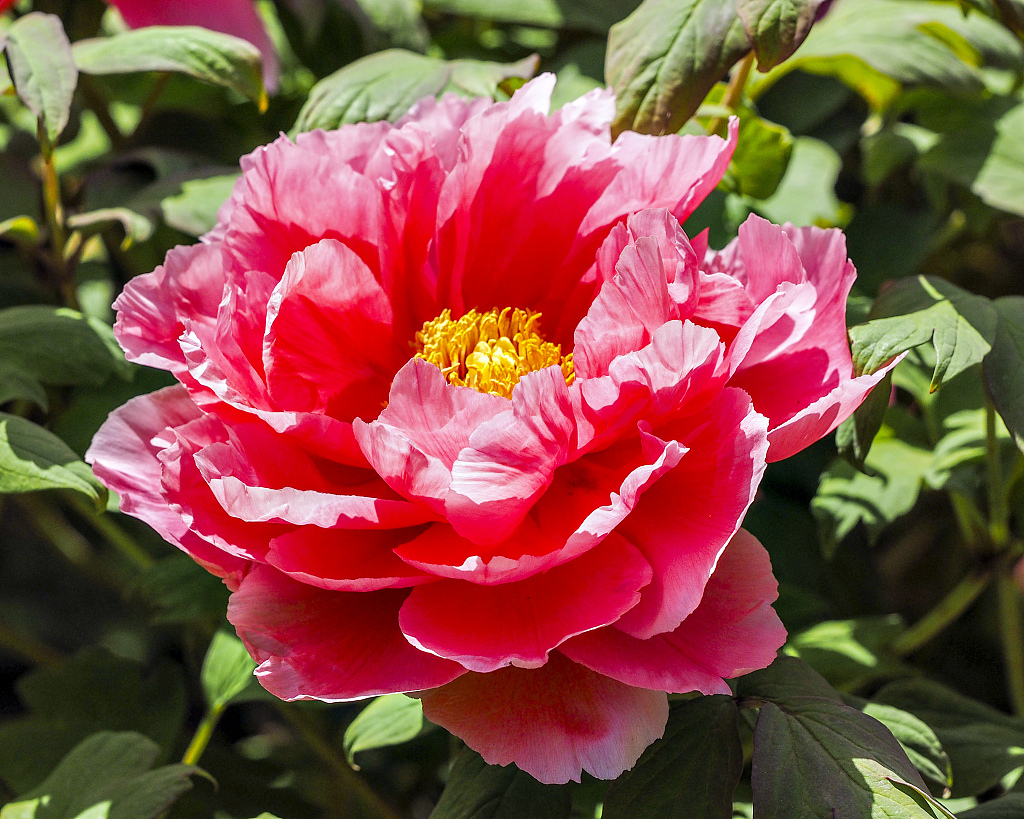
A peony is blooming during the Luoyang Peony Festival. /VCG Photo
Nowadays, the peony is still an essential part of Luoyang's culture. Each year from mid-April to mid-May when the peonies are in full bloom, Luoyang City will hold the Luoyang Peony Festival to celebrate the blooming season of this flower with numerous tourists. With the development of China, new interpretations have been added to the cultural meanings of the peony. It is still the representative of elegance and wealth, but it also represents a good wish of Chinese people to the splendid future life.
China's Flora Tour
From the wetlands along the east coast to the dense rainforests hidden in the west, China boasts an array of plant species. In this series, we will go on a tour to learn about some of the most representative florae in different provinces and see how they live in harmony with local geography and climate.
Read more:
China's Flora Tour: Floral survival on the plateau
China's Flora Tour: A purple medusa living on the rocky mountain slopes
(Cover: VCG, designed by CGTN's Li Jingjie.)
(If you want to contribute and have specific expertise, please contact us at nature@cgtn.com)

Copyright © 2018 CGTN. Beijing ICP prepared NO.16065310-3
Copyright © 2018 CGTN. Beijing ICP prepared NO.16065310-3